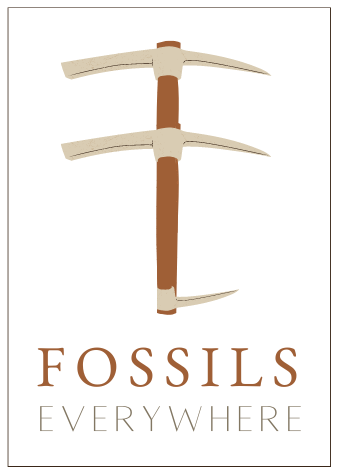From the ancient petrified forests of Yellowstone National Park to the Burgess Shale of the Canadian Rockies, fossils provide a window into the lives of organisms that lived long ago. But what exactly are fossils, and how do they form?
In this post, we’ll take a look at the history of fossilization and some of the most famous fossils that have been discovered.
The first recorded mention of fossils comes from the Greek philosopher Aristotle, who noted that petrified wood resembled real wood but was much harder. He correctly surmised that these strange objects must be the remains of organisms that had once lived on Earth. It wasn’t until centuries later, however, that scientists began to understand how fossils form.
How Fossils Form
Fossils form when an organism dies and is buried by sediment. As more and more sediment accumulates on top of the dead organism, the pressure and heat from the sediment causes physical and chemical changes in the remains, turning them into fossil fuels such as petroleum and coal, or into mineral deposits such as diamonds and pearls.
Organisms that are buried by sediment right away have a better chance of becoming fossils than organisms that are not. This is because there is less time for decay to occur before the sediment has a chance to bury the remains. For example, a fish that dies might float on the surface of water for days or weeks before sinking to the bottom and being covered by sediment. By this time, most of its soft parts will have decayed, leaving only its skeleton behind—and reducing its chances of becoming a fossil.
Some of the most famous fossils include “Lucy,” a nearly complete Australopithecus afarensis skeleton discovered in Ethiopia in 1974; Tiktaalik roseae, a “fishapod” discovered in 2006; and Tyrannosaurus rex, one of the largest terrestrial predators ever to have lived. Lucy and Tiktaalik both provide important evidence about human evolution, while Tyrannosaurus Rex is one of the most popular dinosaurs thanks to its size and ferocious appearance.
Fossils offer a tantalizing glimpse into Earth’s prehistoric past, providing information about everything from human evolution to long-extinct species of plants and animals. By understanding how fossils form and what types of fossils exist, we can begin to piece together a more complete picture of life on Earth millions of years ago.
